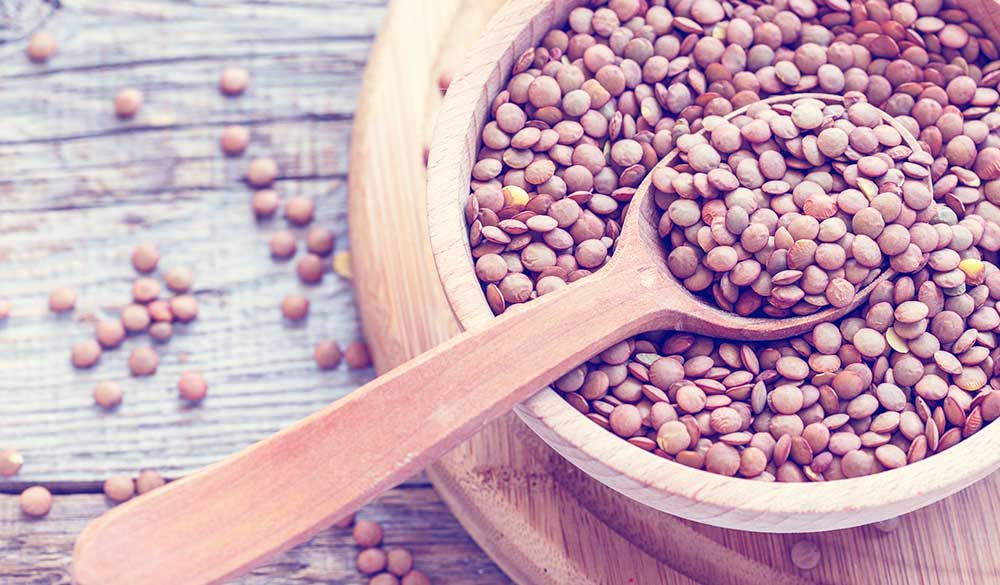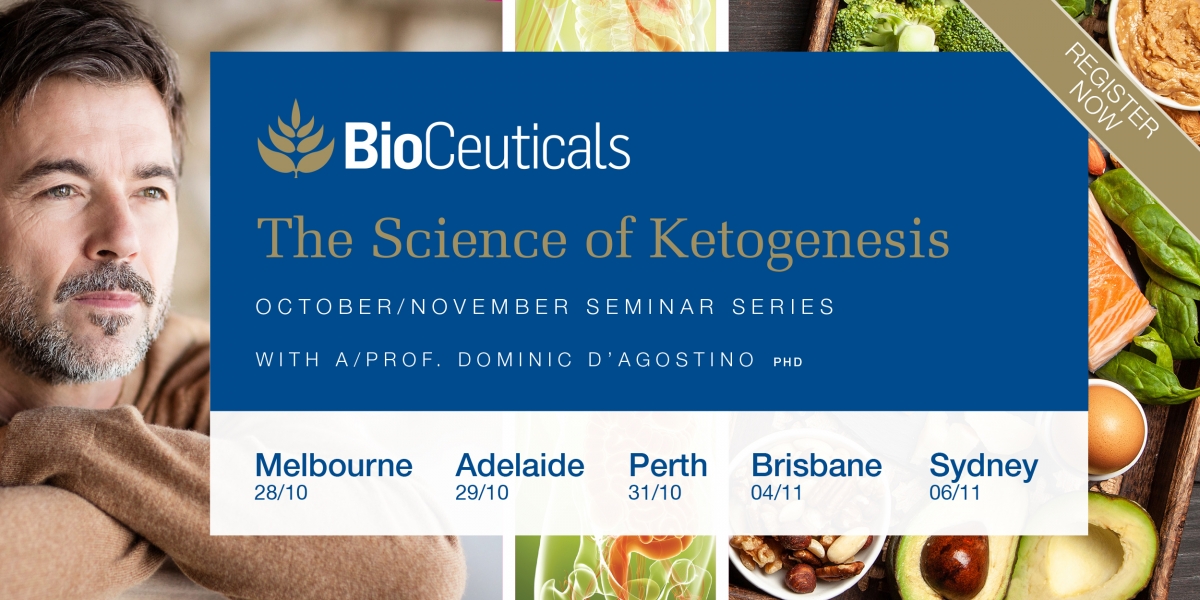Molybdenum (Mo) is an essential trace element that is involved in the regulation of iron stores, carbohydrate metabolism, fat oxidation and urine metabolism through its role as a key component of many enzymes.[1] Functional molybdenum occurs as an organic component called molybdopterin, also known as molybdenum cofactor, and is found in molybdenum enzymes.
There are three critical molybdenum-dependent enzymes in the body:
- Sulfite oxidase: catalyses the transformation of sulfite to sulfate, which is necessary for the metabolism of methionine and cysteine.[2]
- Xanthine oxidase: catalyses the breakdown of nucleotides (DNA & RNA precursors) to form uric acid, which contributes to the plasma antioxidant capacity of blood.[2] Also aids release of iron from ferritin[3] and the metabolism of xenobiotics.[4,5]
- Aldehyde oxidase: a phase 1 detoxification metabolising enzyme involved in the metabolism of xenobiotics, oxidation of aldehydes to carboxylic acids, oxidation of nitrogen-containing heterocyclic compounds and reduction of nitro-aromatic compounds.[5]
Legumes such as beans, lentils and peas are the richest sources of molybdenum, however the molybdenum content will vary according to the amount in the soil.[2]
Molybdenum-Copper Antagonism
Copper is also an essential trace mineral, however in excess it is a nervous system stimulant, increasing the production of epinephrine, norepinephrine, dopamine and serotonin, leading to increased mood swings, mental agitation and over-stimulated adrenals.
Elevated copper levels are now increasingly common as exposure to risk factors becomes more prevalent (see Table 1). Oestrogens and xeno-oestrogens increase copper retention in the kidneys and create a vicious cycle of copper-oestrogen excess as copper disrupts the liver’s ability to detoxify chemicals including oestrogen from the blood. Sources of xeno-oestrogens include pesticides, plastic bags, volatile organic compounds (VOCs), growth hormones used on animals, and petrochemical waste products used in the manufacture of plastics, gasoline and other petrochemical derivatives.
Table 1: Risk factors for elevated copper levels
|
Molybdenum has been shown to reduce copper levels by increasing the amount excreted in urine and interfering with gastrointestinal absorption.[6] In the gastrointestinal lumen, molybdenum forms insoluble complexes (copper molybdate and copper thiomolybdates) with copper thus preventing its absorption and incorporation into plasma proteins such as ceruloplasmin and other copper-containing proteins.
The Cancer Connection
Copper is a significant cofactor in promoting physiological and malignant angiogenesis, the latter leading to tumour growth, invasion and metastasis.[7]
The copper-chelator tetrathiomolybdate is currently under investigation as an antiangiogenic agent due to its ability to quickly and effectively deplete copper stores. Presently, it’s most common use is in the treatment of Wilson’s disease (a hereditary copper metabolism disorder), where it acts both by competing with copper absorption in the bowel and by increasing excretion.
In vitro and in vivo trials have shown tetrathiomolybdate to inhibit angiogenesis and reduce tumour growth via its ability to form high-affinity tripartite complexes with
copper and albumin, to chelate copper from the bloodstream, and to suppress the nuclear factor-kappa B (NFκB) signalling cascade.[7,8] The latter action reduces expression of angiogenic mediators including vascular endothelial growth factor-1 (VEGF-1), fibroblast growth factor-1 (FGF-1), interleukin (IL)-1α, IL-6, and IL-8,[7,8] making tetrathiomolybdate an interesting investigatory treatment for cancer, agerelated macular degeneration, and other diseases featuring excessive blood vessel deposition.[9]
Dosage Recommendations and Safety of Prescribing
While molybdenum deficiency may be rare, assessing adequate levels is difficult as plasma and serum molybdenum concentrations are very low in humans. Additionally, the concentration in plasma increases with dietary intake, peaks about an hour after meals, and then returns to basal levels. Therefore, plasma concentrations alone do not reflect molybdenum status and cannot be used as an indicator for estimating requirements.[10,11]
The primary route of molybdenum excretion is the urine, however, although related to dietary intake, urinary molybdenum alone does not reflect the nutrient status either.[11,12]
Elevated levels of copper
Serum copper levels or serum ceruloplasmin are useful indicators of copper level. Whilst almost all of the body’s copper is bound within copper proteins, unbound (free) copper ions are toxic. A low ceruloplasmin level usually means that total serum copper is low. However, the free (unbound) copper level is usually increased. Free copper can be calculated by subtracting the amount of copper in ceruloplasmin from total serum copper, or it can be measured directly.
Molybdenum may be indicated as a non-invasive and supportive treatment to reduce free copper levels with doses as low as 540µg daily associated with increased losses of copper in the urine.[13] Other nutrients to consider are methionine for lowering serum copper, and vitamin C, zinc and manganese which all interfere with copper absorption. As zinc is needed to create the proteins ceruloplasmin and metallothionein that make copper bioavailable and non-toxic, insufficient zinc levels can also cause elevations in free copper.
Safe Dosing
The recommended dietary intake (RDI) for molybdenum is specified in Table 2, but be aware that this dosage is the daily minimum required to ward off serious deficiency. For therapeutic needs, the dosage is usually increased keeping in mind the toxicity level.
In the case of trace elements, nutritional and therapeutic doses are small but nonetheless important. Therefore, it is crucial to select a supplement with a restricted flow meter to ensure uniform drops for more accurate dosing. This also limits exposure to light and air, helping to retain the quality and efficacy of the nutrient.
The average daily intake of molybdenum in Australian adults is 73-82µg for women and 90-110µg for men.[14] A daily dose of 2000µg is considered safe,[11] though this figure has been described as conservative.[14]
Consumption of food or water containing over 100mg/kg of molybdenum may result in toxicity signs such as diarrhoea, anaemia and elevated uric acid levels which is associated with gout.[14]
Whilst copper deficiency due to excessive molybdenum intake is unlikely to occur in most people because copper intake usually exceeds that of molybdenum,[6] those with low copper intakes or dysfunction of copper metabolism may be at increased risk of copper deficiency.
Molybdenum may also inhibit absorption of iron, possibly by competition for intestinal brush-border receptors.[6] It is therefore advisable to separate molybdenum and iron supplementation by at least two hours.
Table 2: Dosage recommendations and upper limits by life stage and gender.[11] |
||
| Infants | AI | |
| 0-6 months | 2mcg/d | |
| 7-12 months | 3mcg/d | |
| Children and adolescents | RDI | UL |
| 1-3 years | 17mcg/d | 300mcg/d |
| 4-8 years | 22mcg/d | 600mcg/d |
| 9-13 years | 34mcg/d | 1700mcg/d |
| Adults | ||
| 19+ years | 45mcg/d | 2000mcg/d |
| Pregnancy and lactation | ||
| 14-18 years | 50mcg/d | 1700mcg/d |
| 19-50 years | 50mcg/d | 2000mcg/d |
| AI: adequate intake (used when recommended dietary intake [RDI] cannot be determined); UL: upper limit. | ||
References
- Emsley J. Nature’s building blocks: an A-Z guide to the elements, pp.262-266. Oxford: Oxford University Press, 2001.
- Higdon J, Drake VJ, Turnlund JR. Molybdenum. Linus Pauling Institute Micronutrient Information Center, 2001. [Source]
- Seelig MS. Review: relationships of copper and molybdenum to iron metabolism. Am J Clin Nutr 1972 Oct;25(10):1022-1037. [Abstract]
- Kooij A. A re-evaluation of tissue distribution and physiology of xanthine oxidoreductase. Histochem J 1994 Dec;26(12):889-915. [Abstract]
- Strolin Benedetti M, Whomsley R, Baltes E. Involvement of enzymes other than CYPs in the oxidative metabolism of xenobiotics. Expert Opin Drug Metab Toxicol 2006 Dec;2(6):895-921. [Abstract]
- Vyskocil A, Viau C. Assessment of molybdenum toxicity in humans. J Appl Toxicol 1999 May- Jun;19(3):185-192. [Abstract]
- Yu Y, Wong J, Lovejoy DB Kalinowski DS, Richardson DR. Chelators at the cancer coalface: desferrioxamine to Triapine and beyond. Clin Cancer Res 2006 Dec 1;12(23):6876-6883. [Full Text]
- Pan Q, Bao LW, Merajver SD. Tetrathiomolybdate inhibits angiogenesis and metastasis through suppression of the NFkappaB signaling cascade. Mol Cancer Res 2003 Aug;1(10):701-706. [Full Text]
- Brewer GJ, Dick RD, Grover DK, et al. Treatment of metastatic cancer with tetrathiomolybdate, an anticopper, antiangiogenic agent: Phase I study. Clin Cancer Res 2000 Jan;6(1):1-10 [Full Text]
- Cantone MC, de Bartolo D, Gambarini G, et al. Proton activation analysis of stable isotopes for a molybdenum biokinetics study in humans. Med Phys 1995 Aug;22(8):1293-1298. [Abstract]
- Department of Health and Ageing, National Health and Medical Research Council, Ministry of Health. Nutrient Reference Values for Australia and New Zealand. Commonwealth of Australia, 2006. [Source]
- Turnlund JR, Keyes WR, Peiffer GL. Molybdenum absorption, excretion, and retention studied with stable isotopes in young men at ive intakes of dietary molybdenum. Am J Clin Nutr 1995 Oct;62(4):790-796. [Abstract]
- Hathcock J. Vitamin and mineral safety, 2nd ed. Washington: Council for Responsible Nutrition, 2004. [Source]
- Food Standards Australia New Zealand (FSANZ). The 22nd Australian Total Diet Study. Canberra: FSANZ, 2008. [Source]
DISCLAIMER:
The information provided on FX Medicine is for educational and informational purposes only. The information provided on this site is not, nor is it intended to be, a substitute for professional advice or care. Please seek the advice of a qualified health care professional in the event something you have read here raises questions or concerns regarding your health.




